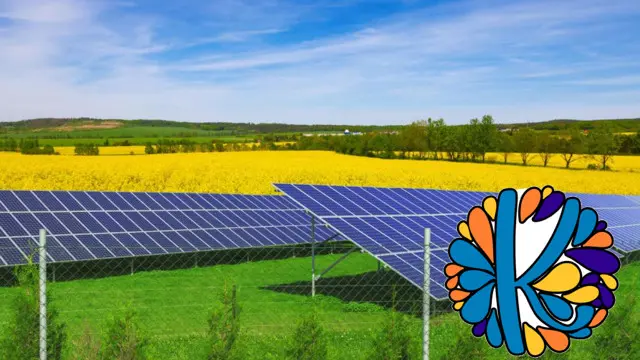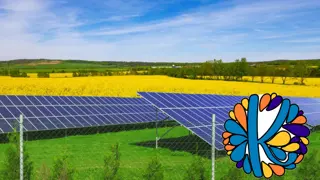
Solar Energy Design Course From Zero To Hero
The Most Comprehensive and Detailed Solar Energy Course on Designing Off-grid, On-grid, and Solar Water Pumping Systems
Khadija Academy
Summary
- Reed courses certificate of completion - Free
- Tutor is available to students
Add to basket or enquire
Overview
"Complete Solar Energy Design Course From Zero To Hero"
This is the only course out there with everything you need to know about solar energy from A to Z.
This course starts with the basic concepts of solar energy to the level you will become a professional in solar energy systems design.
Curriculum
-
Course Content 34:26
-
Solar Energy Panels 5:18:04
-
Types and Components of PV Systems 24:07
-
Batteries in PV System 4:02:44
-
Charge Controllers in PV System 46:21
-
Inverters in PV System 55:05
-
Design of an Off-Grid Solar Energy System 1:44:44
-
Protection of Solar Energy System 2:04:52
-
Off-Grid System Design Using PVSyst + 3D Shading Analysis 1:44:46
-
Design of a Hybrid PV System 32:35
-
Design of an On-Grid Solar System 12:39
-
Design of a PV System Using PVSyst Program 41:20
-
Solar Water Pumping System 46:48
-
Design of a PV System Using Excel Sheet 26:07
-
Basics of Autocad and Single Line Diagram of PV System 5:05:21
-
MATLAB and ETAP PV Simulation 1:21:52
-
Extra Lessons 29:30
Course media
Description
Throughout the course, you will learn:
The fundamentals of solar energy
Components and design of on-grid and off-grid solar systems
Design of hybrid PV systems
Types and selection of solar modules
Types of charge controllers and their selection techniques
Types and selection of different solar inverters
Selection of suitable tilt angle and shading effect in PV systems
Types and selection of batteries in solar energy systems
Design and components of the solar water pumping system
Design of grounding or earthing system
Design of single line diagram of the PV system using the Autocad
Design of on and off-grid PV systems using the PVSyst program.
Design of protection of PV system
After Taking This Course, You Will Be Able To
Understand everything about solar energy systems, such as construction and selecting components such as solar panels, charge controllers, inverters, batteries, and busbars.
Design different solar energy systems such as off-grid, on-grid, and solar water pumping systems.
You will learn how to design protection and earthing system for solar energy systems.
You would be able to apply for jobs in the solar energy field as you will have all the knowledge you need to work in the field.
Take this course if you've been looking for ONE COURSE with in-depth insight into solar energy.
Who is this course for?
- Solar enthusiasts
- Electrical power engineers
- Mechanical engineers
- Electrical and mechanical students
- Anyone who wants to get knowledge about solar system or PV System
- Complete beginners with zero solar experience or knowledge
Requirements
No prior knowledge!
Passion to learn!
Career path
The students who complete the course can join jobs related to solar energy system design in many solar energy companies.
Questions and answers
Currently there are no Q&As for this course. Be the first to ask a question.
Certificates
Reed courses certificate of completion
Digital certificate - Included
Will be downloadable when all lectures have been completed
Reviews
Currently there are no reviews for this course. Be the first to leave a review.
Legal information
This course is advertised on reed.co.uk by the Course Provider, whose terms and conditions apply. Purchases are made directly from the Course Provider, and as such, content and materials are supplied by the Course Provider directly. Reed is acting as agent and not reseller in relation to this course. Reed's only responsibility is to facilitate your payment for the course. It is your responsibility to review and agree to the Course Provider's terms and conditions and satisfy yourself as to the suitability of the course you intend to purchase. Reed will not have any responsibility for the content of the course and/or associated materials.


